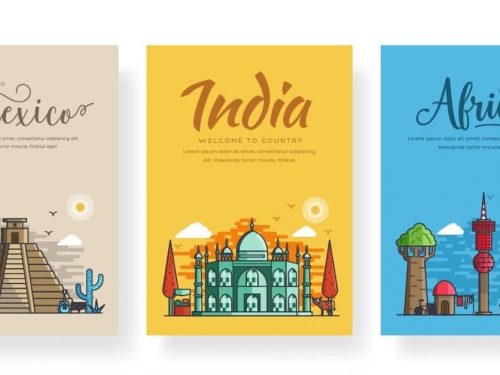
MEISHI KOUKAN 名刺交換 : BUSINESS CARD PROTOCOL IN JAPAN

To all those who have travelled, are travelling or will soon travel to Asia, and particularly to Japan and China, in a professional context: focus on the business card exchange protocol.
Sometimes neglected here, this step has a highly symbolic value in the East! In the West, on the other hand, the exchange of this small piece of cardboard is considered rather uneventful. Its only purpose is to communicate your details to a supplier, client, prospect, or professional contact in general. Although not regarded as being very important in this part of the world, on the other side of the planet, this exchange is taken very seriously.
Think Manners takes a closer look at the key elements of the protocol to be respected in Japan and China in order to successfully pass this test.
Complex business card exchange protocol in Japan
The symbolism behind the ritual
The complexity, but also the richness of the business card protocol in Asia is the result of a pure and simple personification of this tiny card.
When you present your card, it is exactly as if you were showing yourself. In the mind of a person of Asian culture you “are” this piece of paper.
In Japan, this is a real “ceremony”, which has a precise name: MEISHI KOUKAN. The exchange of cards is an essential prerequisite for any business relationship. Without succeeding in this step, there is little chance that you will be able to develop your business in the Land of the Rising Sun.
The purpose of presenting business cards before the start of a meeting, for example, is to allow each person to know the rank and status of the other within their respective company.
In a society that is particularly attached to the notion of hierarchy, knowing a person’s rank allows us to deduce his or her status. With status comes a greater or lesser degree of recognition, for example, one bows more or less upon greeting each other.
Knowing the information on the business card therefore gives everyone the time to adjust their behaviour.
As this is the very first contact with your counterpart, it is crucial to master this introduction.
The steps to follow and the protocol to respect

– Take enough business cards with you and keep them in a card holder, so that you never give out a damaged card; this would be seen as a terrible lack of respect
– The most senior people exchange cards first, so you present your card to the most important person first
– When it is your turn, face the person and bow as you present the card. The degree of bowing and its duration will vary according to the status of the person to whom you are giving the card. The higher the status, the more you will bow and the longer you will stay in this position
– The card should be presented with both hands, without covering any writing on the card. The face of the card is facing your counterpart. Present the side that is translated into their language
– Introduce yourself very briefly by holding out the card
– Receive the cards in the same way, with both hands. Give thanks by bowing, then read the card carefully, saying the name of the person giving you the card
– Never write on a card you receive in front of the person who gave it to you. It would be like writing directly on the hand of the person you are dealing with
– Don’t put away the cards you receive straight away. Instead, lay them out on the table next to you for the duration of the meeting
– Do not give a card back to someone you have already given it to, as this would demonstrate that you do not remember the interaction with the person, conveying little interest in them.
China, between tradition and digitalization
In China, the protocol is also fairly well-defined and repeating the essential points mentioned above will prevent you from making any mistakes.
The particularity of China, however, lies in the rapid digitalization of its society. The paper business card has not escaped this revolution.
One of the features of WeChat allows you to have a completely digital business card at your disposal.
The person to whom you want to leave your contact details will only have to scan your personal QR code in WeChat with their phone to instantly retrieve your profile. You will then do the same operation and the exchange will be complete.

There is no paper exchange in this case, but this does not prevent you from respecting the same type of protocol and bowing slightly as a sign of respect and thanks when you scan the QR code.
To conclude
The business card is eminently valuable in Asia and must be handled and presented with care. The attention given to it is also of the utmost importance, equal to that which should be given to any person.
Very far from our Western conceptions, which are more materialistic and pragmatic, adapting to this type of practice can take some time. Practising in advance by rehearsing the scene to master all the gestures is undoubtedly a good way to prepare for your trip.



